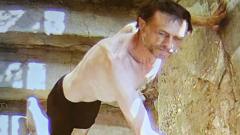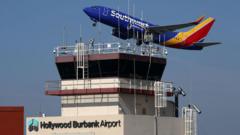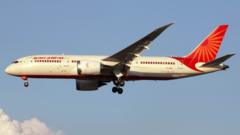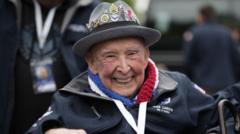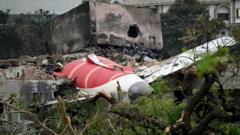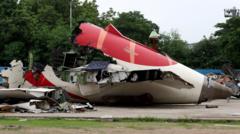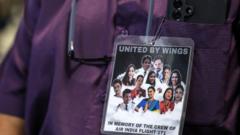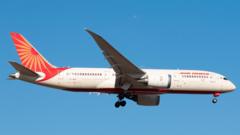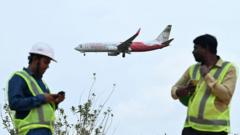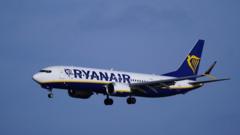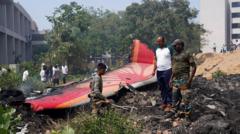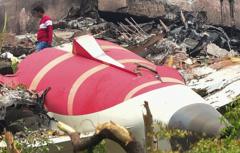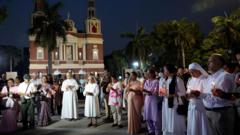A recent mid-air collision involving a Black Hawk helicopter and an American Airlines jet near Washington National Airport has sparked serious concerns and questions among aviation experts. Despite operating in one of the world’s most regulated airspaces, the incident raises complex issues regarding air traffic management, pilot systems, and safety protocols.
Investigating the Unthinkable: A Mid-Air Collision in Washington's Highly Regulated Airspace
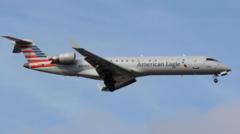
Investigating the Unthinkable: A Mid-Air Collision in Washington's Highly Regulated Airspace
Experts analyze how a tragic crash between a military helicopter and a commercial airliner occurred amidst stringent air traffic control measures.
In a shocking incident within what experts deem "the most controlled airspace in the world," a mid-air collision between a US Army Black Hawk helicopter and an American Airlines passenger jet has left the aviation community reeling. The accident occurred just moments before the passenger aircraft was set to land at Washington National Airport, resulting in both airplanes crashing into the icy Potomac River.
With over 64 passengers onboard the jet and a crew of three in the helicopter, the airspace surrounding the US capital regularly handles a mix of civilian and military flights. Prominent aviation consultant John Strickland noted that the complexity of managing air traffic over Washington, D.C., can be akin to that of large metropolitan areas such as London or New York.
However, the significant presence of restricted airspace over the capital—home to the White House and other governmental landmarks—adds layers of operational intricacies. Philip Butterworth-Hayes, another aviation expert, remarked that this specific area is a junction where various aviation systems converge, which could explain the heightened risk of incidents occurring at such intersections.
Both aircraft were reportedly in communication with air traffic control during the fateful moments leading up to the crash. Recently sourced audio confirms that air traffic controllers directed the helicopter to maintain a safe distance from the plane, indicating that both crafts should have been aware of each other’s positions via their transponders. Yet, the tragic reality manifested when the two collided.
The Black Hawk helicopter, involved in a night training exercise, had a crew described as "fairly experienced," adept at operating within D.C.'s crowded airspace. However, the potential error that triggered this collision remains under intense scrutiny. Experts suggest that a myriad of factors would have contributed to the incident, including the helicopter's safety systems, pilot actions, and operational protocols.
Cedric Leighton, a retired US Air Force colonel, advised that such training missions are common yet require strict adherence to protocols—especially in densely trafficked airspace. Butterworth-Hayes emphasized that only highly trained pilots would typically take on such challenges, calling for an investigation into whether the helicopter's systems were fully functional during the exercise.
The crash's implications extend beyond immediate operational failures; they likely indicate a need for comprehensive reviews of existing protocols set by US aviation authorities. Neil Hansford, an Australia-based aviation expert, posited that stricter regulations akin to those in Europe or Australia may have prevented this calamity.
As the investigation unfolds, the aviation world holds its breath, reflecting on safety practices that are crucial for preventing future tragedies in one of the world’s most secure airspaces.

